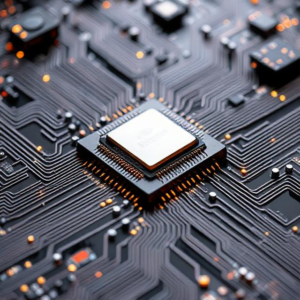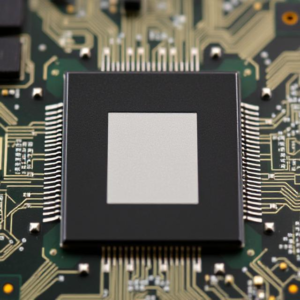1. What are Multi-core Processors?
Imagine your computer’s brain (the processor) as being like a person who can only do one task at a time. Now, if you had multiple brains working together, each one could focus on a different task at the same time. That’s essentially what a multi-core processor is.
A multi-core processor is a single chip that contains multiple “cores” or smaller processing units. Each core is like a small brain that can work on a task independently. So, instead of one core handling everything (like one person doing all the work), multiple cores can divide the work between them.
For example:
- If you have a 4-core processor, it’s like having four brains inside your computer, each doing a part of the task.
- If you have an 8-core processor, you get eight brains.
This means your computer can do more tasks at once, making it faster and more efficient for things like gaming, video editing, or running lots of programs at the same time.

2. What is Parallel Computing?
Now, parallel computing is when you take advantage of multiple cores (or multiple processors) to solve a problem at the same time. Instead of solving a problem step-by-step (one after the other), you break the problem into smaller parts and solve those parts simultaneously.
Think about it like this:
- Imagine you have a big puzzle to solve. If you do it alone, you have to place one piece at a time. That’s like regular computing (called sequential computing).
- But if you have several people (or cores) helping, each one can work on a different part of the puzzle at the same time. This is parallel computing!
So, in parallel computing, multiple processors or cores work on different parts of the same task to complete it faster.
How Does Multi-core and Parallel Computing Work Together?
- Multi-core processors are the hardware (the actual chips) that allow you to have multiple cores (brains) in your computer.
- Parallel computing is the technique or method that uses those multiple cores to process tasks at the same time, which speeds up computation.
For example, imagine you’re doing a big math problem. Instead of doing the whole problem step-by-step, you break it into four smaller parts. Then, if you have a 4-core processor, each core works on one of those parts at the same time. This way, the entire problem gets solved much faster.
Why is this important?
- Faster Performance: With more cores and parallel computing, your computer can do more things at once. For example, it can handle multiple applications or tasks like editing a video and browsing the web without slowing down.
- Handling Complex Tasks: Some jobs, like scientific calculations or 3D rendering, are really complex. Parallel computing helps divide these complex tasks into smaller, manageable pieces, speeding up the process.
- Better Efficiency: It saves time and energy. Instead of waiting for one core to finish before starting the next task, multiple cores work in parallel, completing tasks faster.
Example in Real Life:
Let’s say you’re rendering a 3D movie. Instead of your computer processing the entire scene on one core (which would take a lot of time), it can break the task into smaller parts, with each core processing a separate section of the scene. When all the parts are done, they come together to create the full scene quickly.
In simple terms:
- Multi-core processors are like having multiple brains inside your computer.
- Parallel computing is the technique of dividing tasks so multiple brains can work on them at once, speeding up everything.











